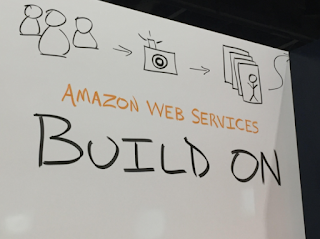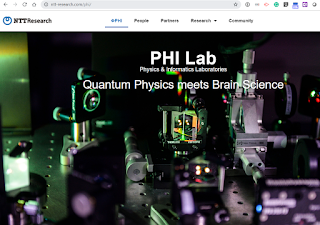NTT Electronics has contributed its Goldstone Network Operating Software for disaggregated coherent transponders to the Telecom Infra Project’s NOS Software Project, which is hosted by the Open Optical and Packet Transport project group.
Goldstone utilizes many existing open source components which have been developed in Open Compute Project and Telecom Infra Project, including Open Network Linux, SONiC, Switch Abstraction Interface, and Transponder Abstraction Interface. ONL is used as the base operating system and provides a wide range of open network device support. On top of ONL, Kubernetes is employed to enable containerized application management, which realizes flexible and modular software composition. SONiC/SAI is deployed as a fleet of containers when the target hardware comprises Ethernet switch ASIC, whereas TAI is used when the target hardware has coherent transponder components.
NTT said its Goldstone NOS leverages a modular architecture, enabling it to be extended to support networking devices, which don’t have an Ethernet ASIC, but may include conventional transponders, ROADMs or amplifiers in the future.
Goldstone was originally started as a prototype NOS for Edgecore’s Cassini Platform. The work has led to a production deployment by mixi in Japan, and more than five industry partners are evaluating Goldstone on the Cassini platform. It is also being incorporated in Wistron’s Galileo platform.
 “As the first operator who deployed Goldstone in production, mixi welcomes the contribution of Goldstone by NTT Electronics to foster more collaboration among the open networking industry. Goldstone brought us huge flexibility and control over our DCI connectivity which is critical for our services” Tatsuma Murase, CTO, mixi, Inc.
“As the first operator who deployed Goldstone in production, mixi welcomes the contribution of Goldstone by NTT Electronics to foster more collaboration among the open networking industry. Goldstone brought us huge flexibility and control over our DCI connectivity which is critical for our services” Tatsuma Murase, CTO, mixi, Inc.
“Edgecore is pleased to be working with NTT Electronics and the broader industry community to enable disaggregated solutions with open packet transponders that will provide broader optical technology choices for network operators.” George Tchaparian, President and CEO, Edgecore Networks.
NTT Electronics' portfolio includes coherent optics and digital signal processors (DSPs)
https://www.ntt-electronics.com/en/
Goldstone utilizes many existing open source components which have been developed in Open Compute Project and Telecom Infra Project, including Open Network Linux, SONiC, Switch Abstraction Interface, and Transponder Abstraction Interface. ONL is used as the base operating system and provides a wide range of open network device support. On top of ONL, Kubernetes is employed to enable containerized application management, which realizes flexible and modular software composition. SONiC/SAI is deployed as a fleet of containers when the target hardware comprises Ethernet switch ASIC, whereas TAI is used when the target hardware has coherent transponder components.
NTT said its Goldstone NOS leverages a modular architecture, enabling it to be extended to support networking devices, which don’t have an Ethernet ASIC, but may include conventional transponders, ROADMs or amplifiers in the future.
Goldstone was originally started as a prototype NOS for Edgecore’s Cassini Platform. The work has led to a production deployment by mixi in Japan, and more than five industry partners are evaluating Goldstone on the Cassini platform. It is also being incorporated in Wistron’s Galileo platform.
 “As the first operator who deployed Goldstone in production, mixi welcomes the contribution of Goldstone by NTT Electronics to foster more collaboration among the open networking industry. Goldstone brought us huge flexibility and control over our DCI connectivity which is critical for our services” Tatsuma Murase, CTO, mixi, Inc.
“As the first operator who deployed Goldstone in production, mixi welcomes the contribution of Goldstone by NTT Electronics to foster more collaboration among the open networking industry. Goldstone brought us huge flexibility and control over our DCI connectivity which is critical for our services” Tatsuma Murase, CTO, mixi, Inc.“Edgecore is pleased to be working with NTT Electronics and the broader industry community to enable disaggregated solutions with open packet transponders that will provide broader optical technology choices for network operators.” George Tchaparian, President and CEO, Edgecore Networks.
NTT Electronics' portfolio includes coherent optics and digital signal processors (DSPs)
https://www.ntt-electronics.com/en/



















